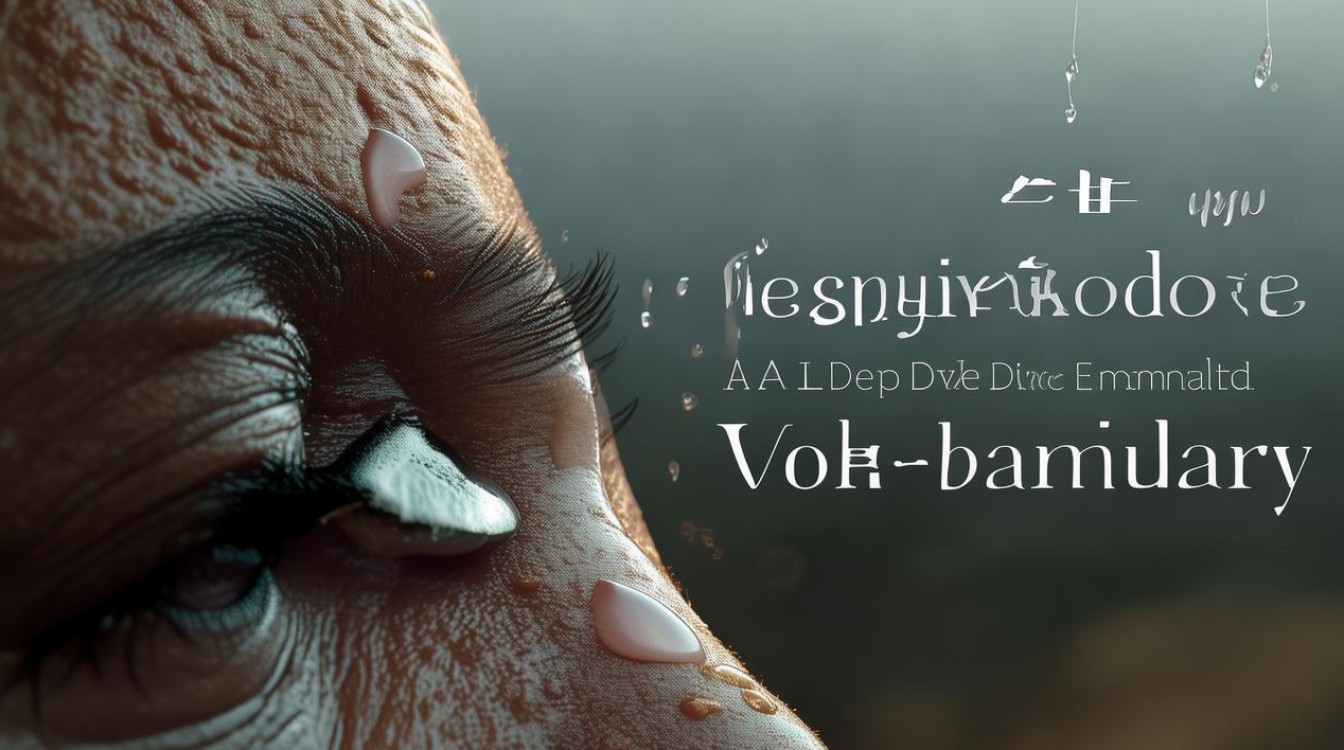Tears are universal. They transcend language, culture, and geography. Yet, when we try to express the specific kind of tear shed in moments of deep sorrow, the English language offers nuanced choices. The most direct translation for "悲伤的泪" is "tears of sorrow." However, English provides a rich tapestry of words and phrases to capture this profound emotional experience.

The Core Translation: Tears of Sorrow
"Tears of sorrow" is the closest equivalent to "悲伤的泪." It conveys grief, heartache, and deep sadness. Unlike tears of joy or frustration, sorrowful tears carry a weight of emotional pain.
Example in a sentence:
"She wiped away her tears of sorrow, knowing she would never see him again."
This phrase is straightforward, yet deeply evocative. It appears in literature, poetry, and everyday speech when describing profound grief.
Alternative Expressions for Sorrowful Tears
English provides multiple ways to describe tears born from sadness. Some carry subtle differences in intensity or context.
Weeping
Weeping suggests a more prolonged, quiet form of crying, often associated with mourning or deep emotional distress.
"He sat alone, weeping for the loss of his beloved."

Bitter Tears
"Bitter tears" implies not just sadness, but a sense of regret or unresolved pain.
"She shed bitter tears over the choices she could not undo."
Grief-Stricken Tears
This phrase emphasizes tears caused by overwhelming loss, such as the death of a loved one.
"The widow’s grief-stricken tears moved everyone at the funeral."
Mournful Tears
Similar to grief-stricken tears, "mournful tears" specifically relate to mourning.
"The entire village wept mournful tears for the fallen hero."

Heartbroken Tears
These tears come from profound emotional devastation, often linked to love or betrayal.
"After the breakup, he cried heartbroken tears for weeks."
The Cultural and Literary Significance of Sorrowful Tears
Tears of sorrow have been a recurring theme in English literature and art. From Shakespeare’s tragic characters to modern-day films, these tears symbolize human vulnerability.
-
Shakespeare’s Use of Tears
In Hamlet, Ophelia’s tears represent her despair and eventual demise.
"There’s rosemary, that’s for remembrance; pray you, love, remember: and there is pansies, that’s for thoughts." -
Modern Depictions
Movies like The Fault in Our Stars and songs like Adele’s "Someone Like You" capture the raw emotion of sorrowful tears.
Psychological Perspective: Why We Cry Tears of Sorrow
Crying is not just an emotional release—it’s a physiological response. Studies suggest that emotional tears contain stress hormones, meaning shedding tears of sorrow can actually help alleviate pain.

- Catharsis Theory
Aristotle introduced the idea that expressing deep emotions, including sorrow, purges the soul. - Modern Research
Psychologists confirm that crying can reduce stress and even strengthen social bonds by signaling vulnerability.
How to Use These Terms Naturally
If you’re writing about grief, sadness, or emotional struggles, choosing the right term matters.
- Formal Writing (e.g., essays, articles):
"Tears of sorrow flowed as the nation mourned its leader." - Creative Writing (e.g., stories, poetry):
"Her weeping echoed through the empty halls, a sound of pure despair." - Everyday Conversation:
"I couldn’t stop crying—just heartbroken tears, you know?"
Common Mistakes to Avoid
When translating "悲伤的泪," some learners mistakenly use:
- "Sad tears" – Grammatically correct but less natural.
- "Crying tears" – Redundant, since crying already implies tears.
- "Tears of sadness" – Acceptable, but "sorrow" carries more depth.
Final Thoughts
Language shapes how we process emotions. While "tears of sorrow" is the most direct translation for "悲伤的泪," English offers a spectrum of words to articulate grief. Whether in literature, conversation, or personal reflection, these terms help us express the inexpressible.
Understanding these nuances not only improves language skills but also deepens empathy. After all, tears—no matter the language—speak the same universal truth of human suffering and healing.



